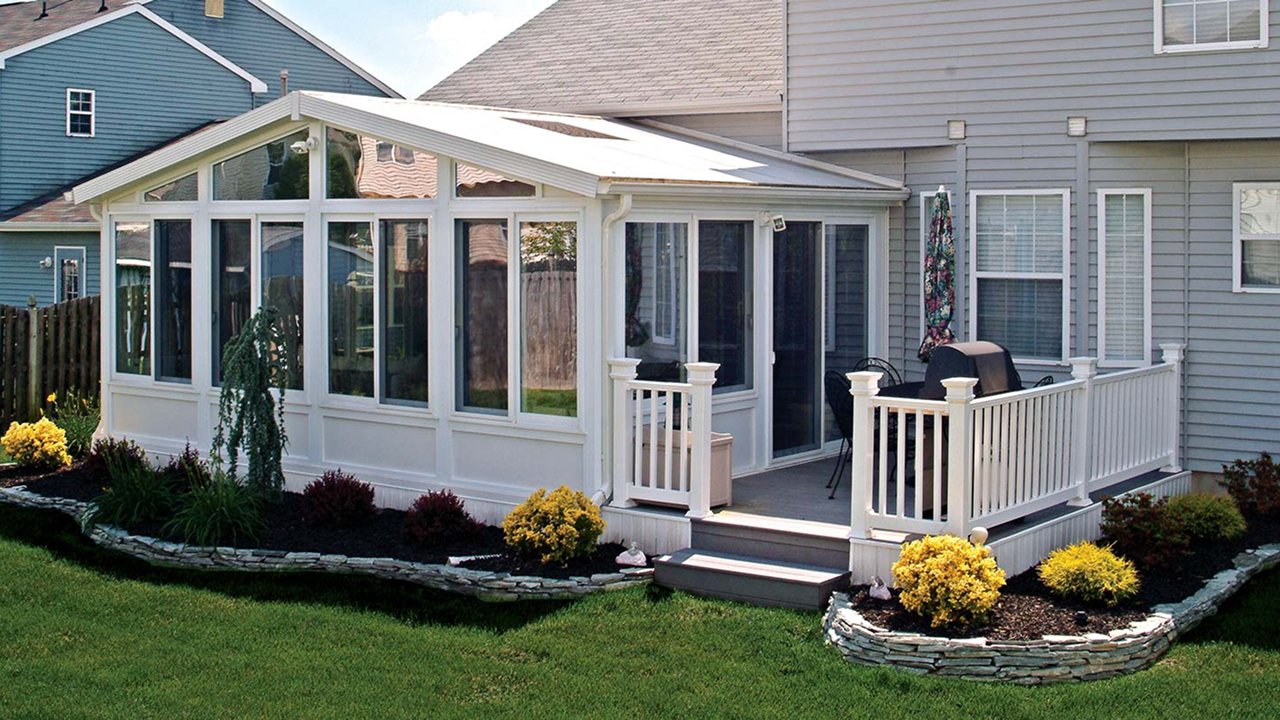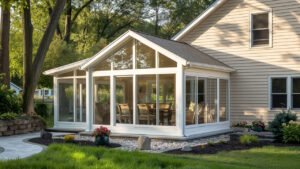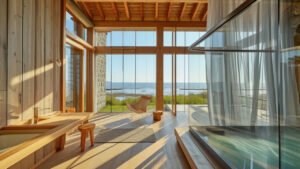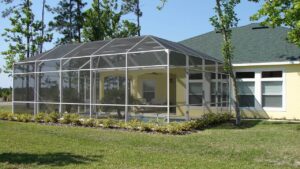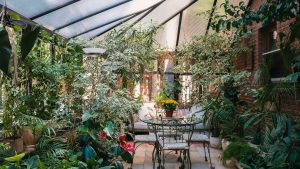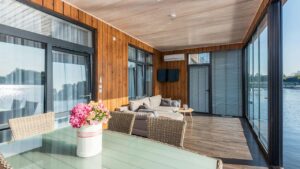A patio enclosure sunroom is a structure built around an existing patio, transforming it into a sheltered living space. Patio enclosure sunrooms are different from conventional glass rooms: they utilize what’s already available to turn a patio into a living area with the climate-controlling ability of a zone, at an advantageous cost and minimal interference on existing life patterns.
Large windows or glass panels above the waistline fill these living spaces with natural light and outdoor views without having wind or rain batter against them. A patio in the rear or near one model is suitable to turn into a conservatory.
An existing concrete deck or one made on top of an expansion is ideal for enclosure. This process entails framing the remainder of the open side, adding windows or wall panels, and, if required, placing HVAC or electric circuits.
From Patio to Sunroom – The Concept
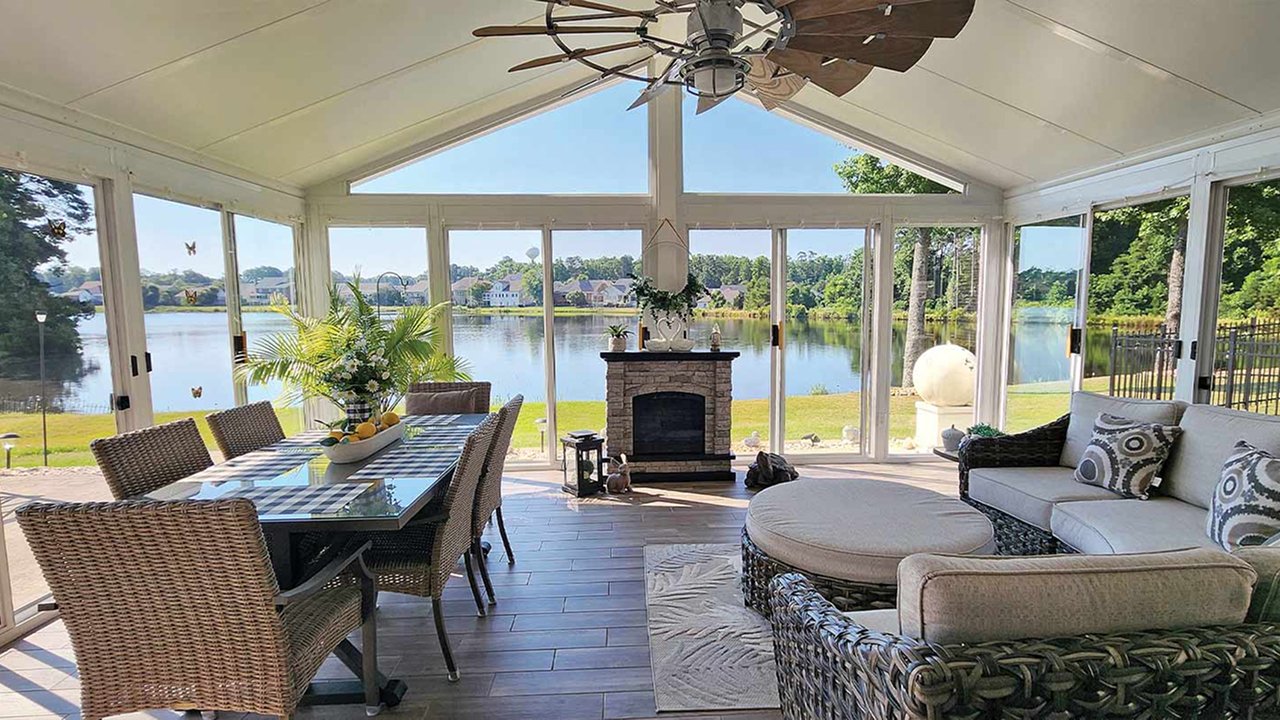
In general, patio enclosure are made up of types of enclosed sunrooms. These can be four-season sunrooms, three-season enclosures, or both, and are created according to individual needs and circumstances.
The simplest and most inexpensive of the bunch is a basic screen room skeleton lined with mesh that keeps out bugs but also offers little protection from the cold or rain. More advanced options include 3-season enclosures, whose lightweight doors and windows consist of glass or plastic panels; however, they’re not heavily insulated. Thus, spring, summer, and fall can all be put to use.
The most resistant to the elements is a four-season enclosed patio, featuring insulated walls, thermally broken framing, and double or triple-glazed glass windows. This type of system is quiet and comfortable in all seasons.
One option for homeowners is a patio enclosure kit that includes manufacture materials, which are assemble by the owner, or a custom-built enclosure. The latter is more expensive but can integrate with the architecture of the home, installed by professionals. These sunroom kits are often popular for their affordability and flexibility.
Types of Patio Enclosure Sunrooms
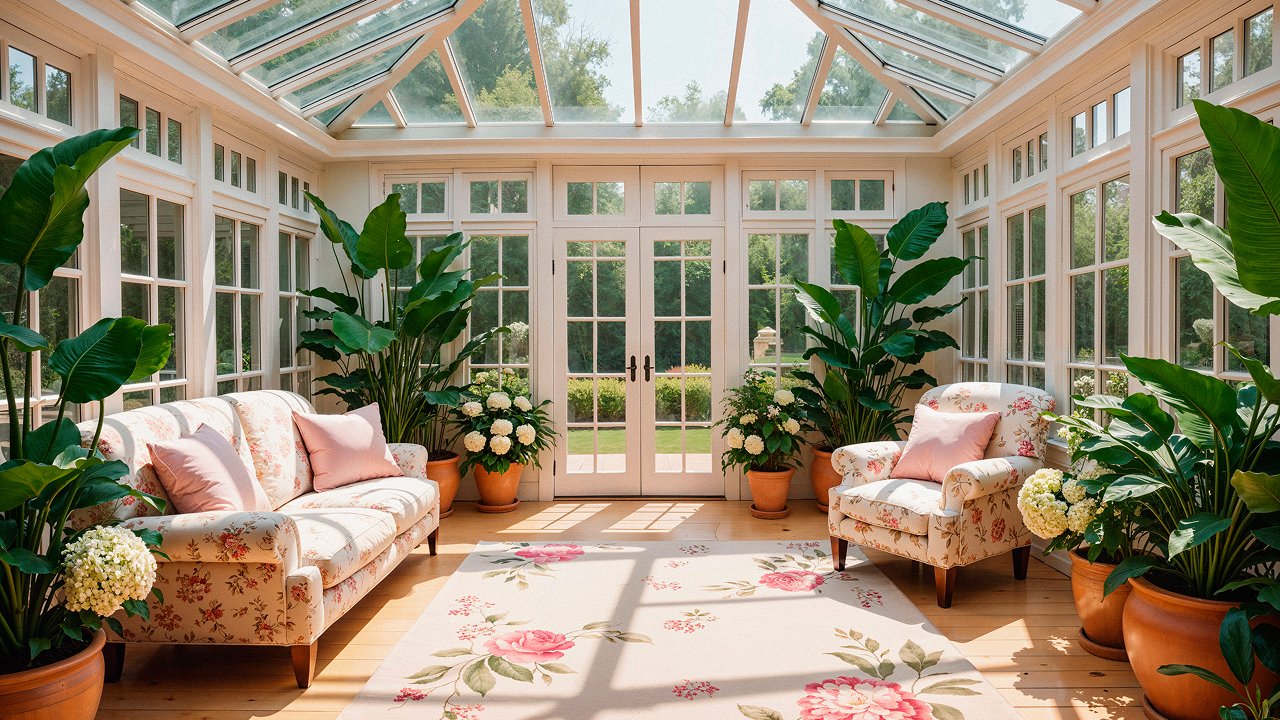
Structurally, the type of framing used in the patio enclosures sunrooms has a big impact on its life expectancy, energy efficiency, and overall integration with the home.
Confronting the elements with the best resistance is a four-season enclose patio, using insulation walls, thermally broken framing, and double- or triple-glaze glass windows. This type of system is silent and comfortable in any season.
Common Framing Materials Include
- Aluminum: pleasant and lightweight
- Wood: corrodes easily but has an infinite variety of shapes.
- Cardboard with wood veneer and plastic coating: provides energy efficiency.
Hybrid frames with an aluminum exterior and wood interior are also popular because they offer both performance and beauty.
Related Pick: How to Build a Sunroom
Roofing options depend upon the kind of solarium and local climate.
- Gable-roofed sunrooms: provide more internal height and openness
- Flat-roofed (Studio type): more economical
- For four-season rooms: solid, insulated roofs with great thermal performance are best, although glass or polycarbonate panels may be opt for more light.
If there isn’t a roof already on your patio, one must be constructed. This often consists of the same frame used for wall material, supporting itself through roof hangers.
Structure and Framing Options

Structure and framing are important steps in building a glass room, and here are the options for them.
Glazing and Wall Systems
The wall system of a patio enclosure determines both its transparency and insulation. Some enclosures feature partial walls with glass or screen sections on top, while others use full-height glass walls for a panoramic view.
Glass choices include:
- Single-pane tempered glass (best for mild climates)
- Double-pane insulated units with Low-E coatings (energy efficiency in 4-season rooms)
- Acrylic panels are lightweight but scratch easily and provide less insulation
Design Considerations
Designing a patio sunroom involves more than erecting enclosing walls—it’s the art of combining indoor comfort with outdoor air conditions. The solarium must link up with the main house as one system. This may mean using similar flooring materials, continuing interior wall finishes, or carefully selecting door types.
Door options include:
- Sliding glass doors: open views and transparency
- French doors: conventional style
- Bi-fold doors: allow light and fully open in temperate seasons
Strategic window placement is crucial for natural light and outdoor views, while you can maintain privacy with translucent glass, blinds, or integral screens. Layout planning is important depending on use—lounging, dining, home office—determining lighting, outlets, and furniture, and the best flooring options for durability and style.
Permitting and Zoning
It is vital to establish the requirements for permits prior to beginning construction. In most municipalities, enclosing a patio will require a building permit, even if the enclosure is temporary and/or prefabricated. Zoning ordinances and HOA restrictions will also determine if there will be limitations on the type and size of sunrooms patio enclosures.
Homeowners will need to apply for retroactive permits if converting an unpermitted patio cover or screened room into a solarium, and expect inspections in the process. Not obtaining permits could lead to fines and/or complications in selling the home.
Heating, Cooling, and Insulation
If you intend to appreciate your conservatory throughout the year, it must be fully weatherproofed. Bi-fold doors provide light and fully open in temperate weather. The arrangement of your windows is critical to access natural light and views of the outdoors, but is also typically for privacy or to utilize translucent glass, blinds, or options for screens to be link in.
You Might Like to Read: Sunroom Upgrade Addition
The layout of the common area in your solarium is also of concern, depending on the room’s intended use. Will you intend to lounge, dine, or work at home? Each type of space will also drive the choices in lighting, the placement of outlets, and which furniture options will work.
4-Season Sunroom Conversions Include
- Insulated walls and roofing
- Double- or triple-paned windows to create a thermal envelope
Temperature Control Options
- Ductless mini-split systems (heating & cooling without main HVAC)
- Baseboard heaters, radiant floor heating, and ceiling fans
- Seasonal enclosures can include portable heaters, fans, window AC units
Prevent condensation and thermal bridging with thermally broken framing and sealed joints.
Cost Overview
The cost of enclosing a patio into a sunroom varies widely.
- DIY kits: $5,000 to $15,000, depending on size/quality
- Custom-built 4-season sunrooms: $25,000 to $60,000+
Additional Costs May Include
- Permits and inspections ($500–$2,000)
- Interior finishes (drywall, trim, flooring)
- Heating system or HVAC installation
- Electrical systems for lighting/outlets
The disparity narrows with high-end four-season conversions, but comparing pricing of sunroom options before starting will help balance cost and value.
FAQs
A patio can take many forms, and most are suitable for conversion. A level slab or deck foundation is best. Structural integrity, property lines, and logistics affect feasibility.
Yes. Converting an existing patio is generally more affordable since the base and sometimes the roof already exist.
With proper materials and maintenance, 25–50 years. Aluminum and hybrids last longer with less maintenance, while wood requires more care.
Yes. Many modular systems can be dismantled, but custom builds often make permanent changes.
Conclusion
Adding a sunroom to your patio enclosure is a simple way to increase living space in your home, with comfort and protection from outdoor weather in a beautifully decorated indoor living space. Understanding material and construction options, and design details for the patio enclosure sunrooms, whether for seasonal use or year-round as a 4-season room, is essential.
In addition to adding value, a quality sunroom patio enclosures will provide considerable appeal and increase your resale value. Planning the right way and applying for permits where necessary enhances the aesthetic and functional experience for guests and family for many years.
You Might Like to Read: Sunroom Design Inspiration

